If you have been told that the best solution for your incontinence are male external catheters or you are planning to try this system, this information will help you wear the device more comfortably and get the most wear time from it. Not all condom catheters are the same, so you may need to try several types before finding the one that suits you best.
Originally condom catheters were just that – a condom with the end cut off, so it could be attached to a drainage tube and collection bag away from the body. Now these devices are very carefully made. They come in several sizes, with and without adhesive and with other special features. The National Association for Continence (NAFC) advises that you see a nurse specialist who is experienced in sizing and teaching men to use condom catheters.
Here are basic tips to get you started right with Male External Catheters:
• Buy the right size. A measuring guide will help you select the size that is best for you.
• Clip hair on and/or around your penis and any pubic hair that might get caught as the condom catheter is rolled to the base of the penis.
• Wash your penis and blot dry. The skin must be dry and warm. If you have just taken a hot shower and your bathroom is steamy, you will need to wait or move to a room where the air is not so moist.
• Apply a skin prep sealant. Allow the sealant to dry until it is slick and smooth. There are two purposes for this skin sealant. It will protect your skin from perspiration and urine moisture; and when you remove the condom catheter, the layer of skin sealant – not the external layer of your skin – will be removed.
• Hold your penis and place the rolled condom catheter over it. Leave enough space at the end of the condom catheter so the head of your penis does not rub against the inside of it. Most uncircumcised men leave their foreskin in place, over the head of the penis. Serious swelling of the foreskin, called “phimosis”, may result if the foreskin of the uncircumsized man is not kept over the head of the penis.
• Unroll the adhesive-coated sheath slowly, pressing the condom against your skin. When the condom is completely unrolled, grip your penis all around for 10-15 seconds to be sure that any wrinkles in the condom are sealed together and to eliminate any air bubbles. If there are many wrinkles in the sheath, then the condom catheter is probably too large.
• Sometimes the condom catheter does not fully unroll, and a roll of the condom will remain at the base of the penis. You should carefully snip the remaining roll in several places or remove it completely to ensure that the roll will not cause pressure sores at the base of the penis or cause the condom catheter to come off.
Male External Catheters: Latex Allergies and Adhesives
Non-latex condom catheters are available for those who may have a latex allergy. This is particularly important for people with spina bifida. Another advantage of the non-latex condom catheters is the clear material from which they are made. This allows you to see through it to check for proper placement when you are putting it on and to keep tabs on the condition of your skin while you are wearing it.
There are also a variety of condom catheters without adhesive. If you are going to wear a condom catheter during the day, but not at night, you probably should consider one without adhesive. If you have recently had prostate surgery and you urinate regularly but still have some leakage in between, or you do intermittent catheterization and you still have leakage in between, you should consider either a reusable condom catheter that is held in place with an inflatable ring or the self-adhesive condom catheter that has a removable tip. They can be easily removed and replaced each time you urinate or catheterize.
You may also find our Male External Catheter Troubleshooting Guide helpful.
Source: National Association for Continence
Always consult your doctor before trying anything recommended in this article or any other publication that speaks to general health issues.
For more information, see related articles and catheter resources here:









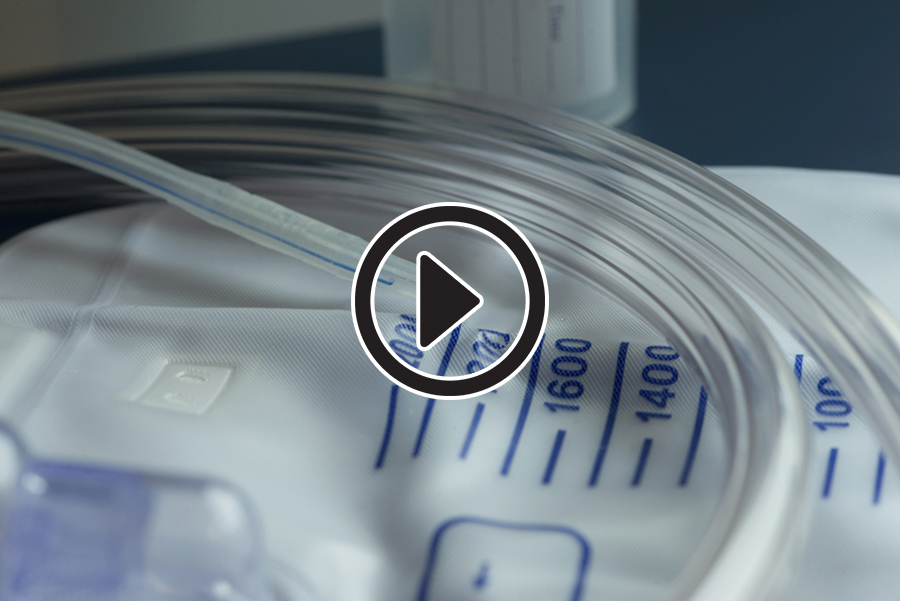



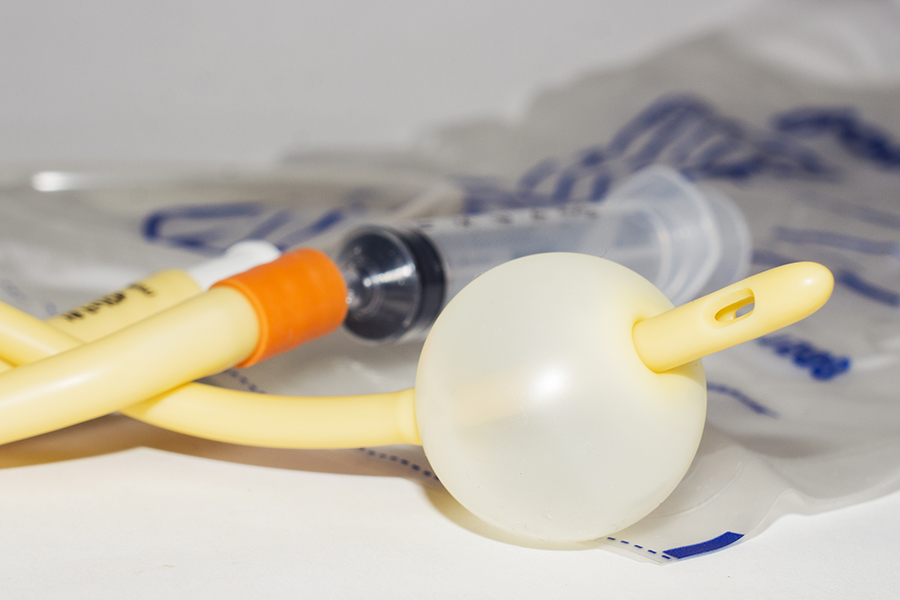
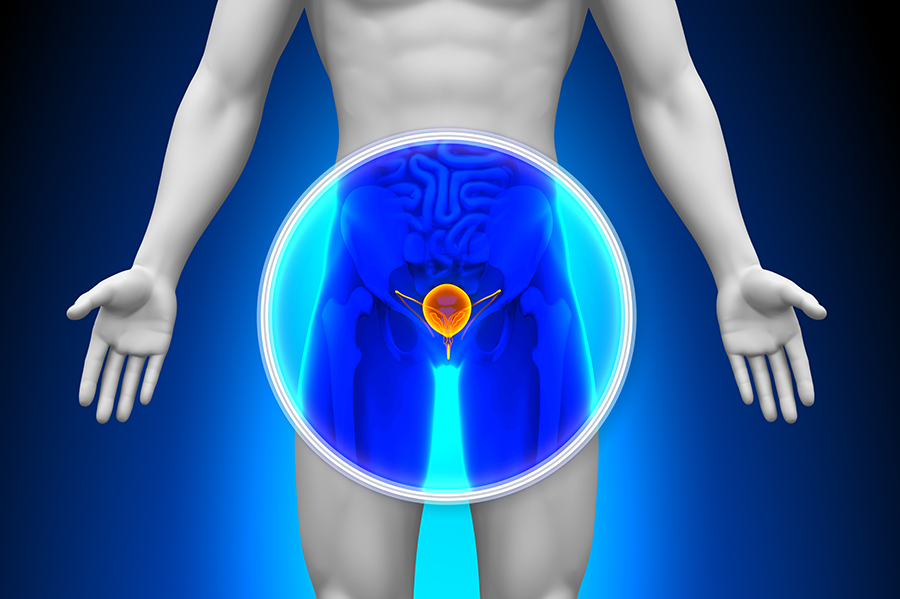
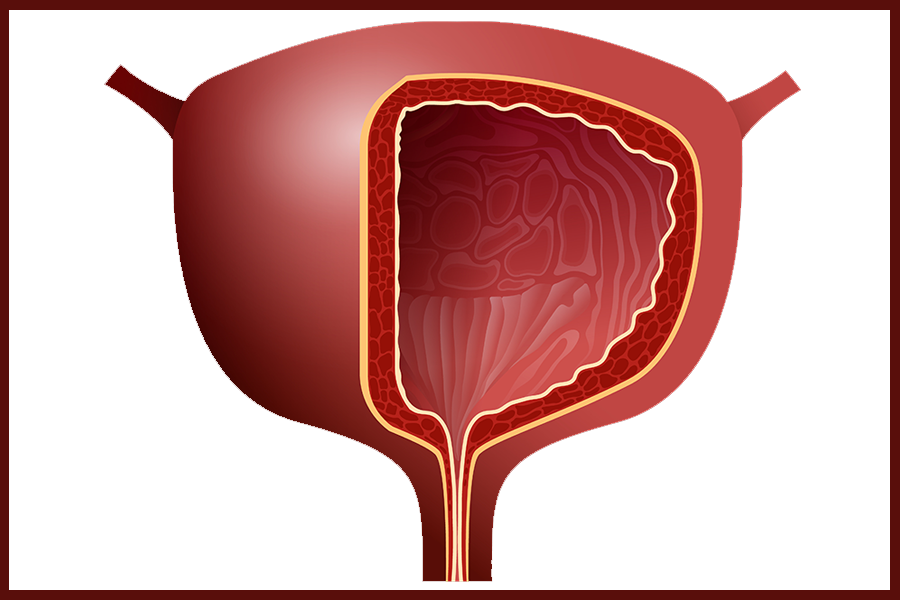

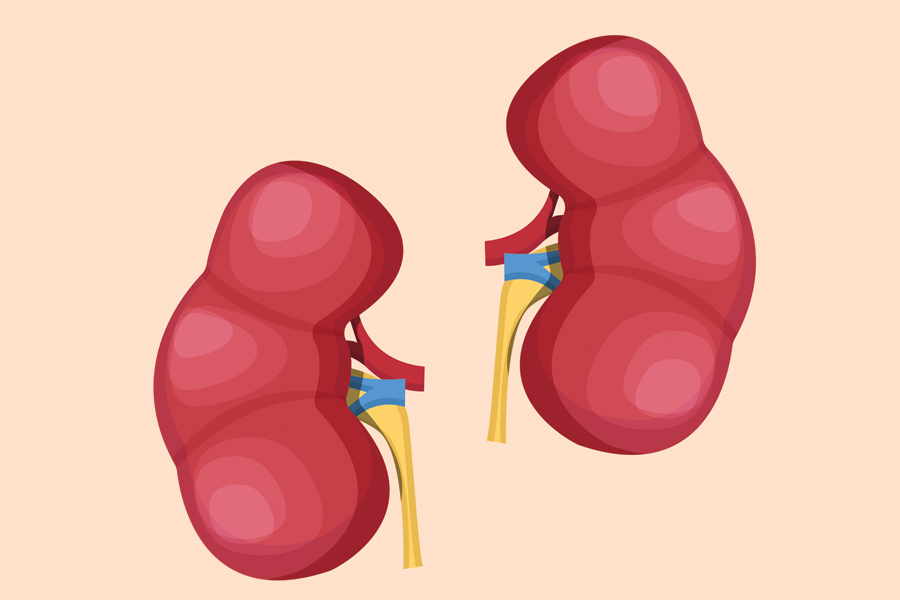
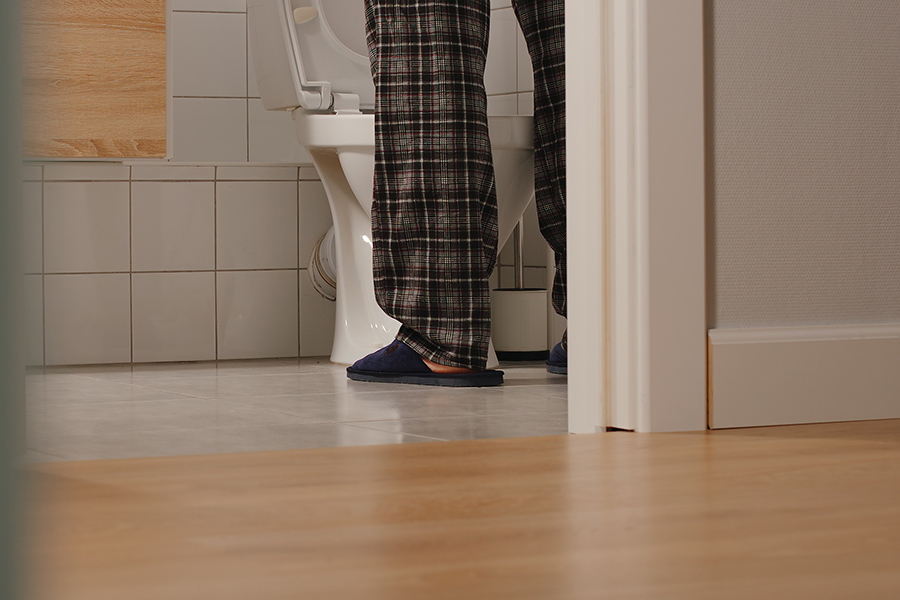
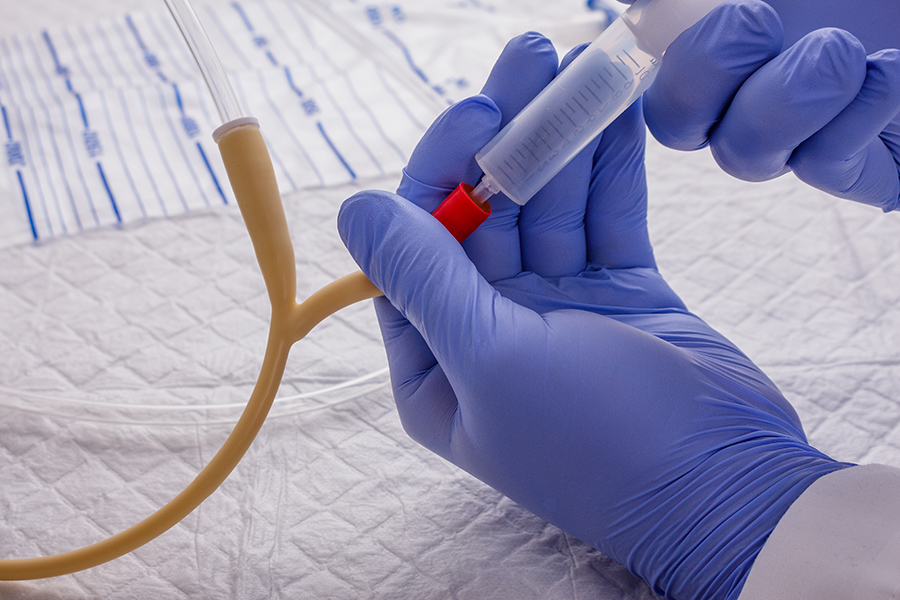

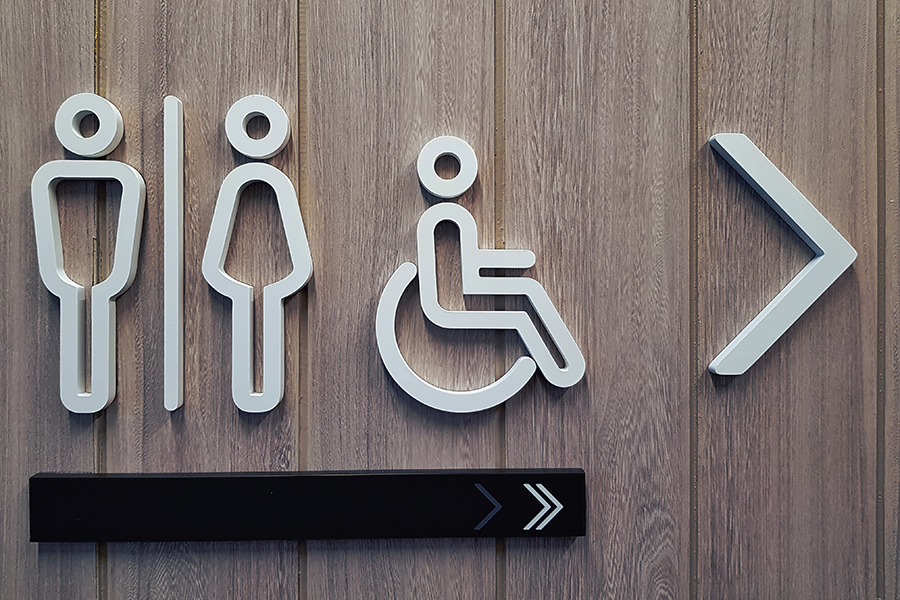
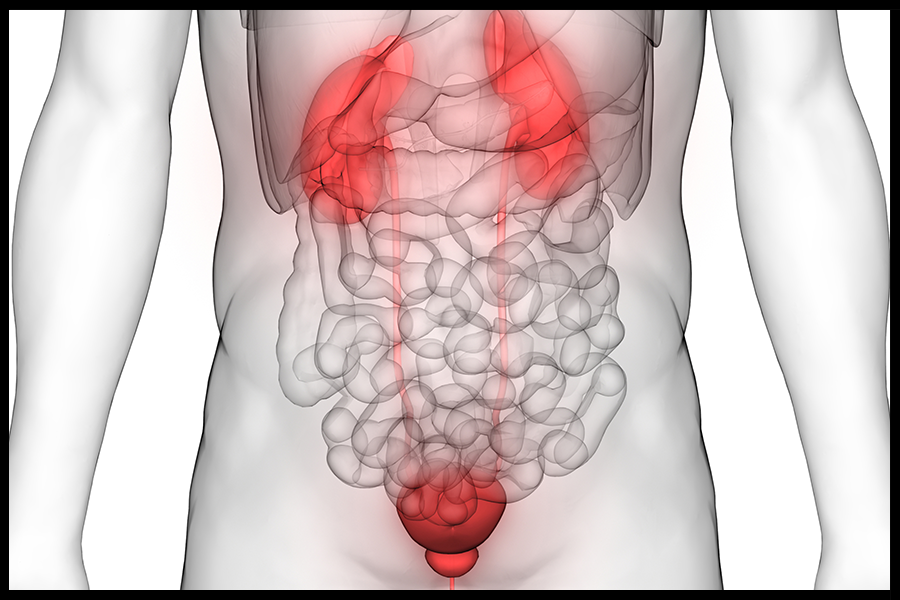
I use a male external condom catheter Freedom ” Clear Advantage Aloe Vera ” and a leg bag with a tubing .
Q : how long I may keep this on my penis with no danger for infection : 24 hours , 48 hours before I change ?
Thanks
Thank you for this helpful information. I’ve been through the mill with incontinence and am at full circle now coming back to what I like the best but wasn’t exposed to the best of it. I have renewed hope. My AMS 800 sphincter valve works fine but my neo bladder isn’t compatible with it because it would form obstructions, sometimes stones or mucous, that wouldn’t pass through the AMS valve I used for years without a problem. My urologist here in Prescott was thinking about sending me back to USC for an “ostomy”, sticking the end of my urethra thru my skin at some location to be determined. Ouch! I don’t think so if I can get this condom catheter thing to work right and work well. Any help? Maybe even an area consultant on this sort of thing? I’m in the Prescott AZ area but also can travel, hopefully not too far.
The National Association for Continence (NAFC) advises that you see a nurse specialist who is experienced in sizing and teaching men to use condom catheters.
How and where can I find one of them to work with me?
I’m checking this for my husband Earl. Out of all the blogs, this was the only one that explained how one is used. Thank you. We’ll now talk to his doctor and get a prescription. Donna McCauley
I am new using a condom catheter. I have had used Foley and suprapubic catheters for 4 years. My condom catheter does not drain into the night bag by its self. I have to get out of bed and stand up every 2 to 3 hours to drain the urine. I normally do not notice any twisting or anything stopping the drainage. I have not had this problem with any of my previous catheters. Any ideas?
I’m new at putting on condom catheter, They keep falling off during the night and leaving my client wet, The other care giver seems to have no problems, what could I be doing wrong ? Please any advise would be greatly appreciated !
condom use is very easy so i like it
I “m having a problem when I remove the condom catheter the next morning it sicks to the skin and it become’s very painful with in a few days , then I’m unable to use them for at lest 3 days. do you have any advice ?
Please help where can I buy it??? I did try two pharmacy’s so far but nothing and they don’t know what I’m talking about
Can I get these over the counter or do I need a doctor order. My Dad has become incontinent since his above the knee amputation. We need something to help us keep him dry
I use a condom cath 24/7 and have a few years. Usually you will find 1 pharmacy that deals with ostomy supplies and they should carry these products.
It seems like the products are a huge secret or somethin . Elderly men need this when they start having walking problems. It sure helps with trips to the bathroom.
A urologist should have the information and access to a trained nurse to help get started. Urgency and lack of control can ruin your life. A condom cath will give you lost freedom and security
My patient is 80+ years old and has developed incontinence problem. He is getting weaker day by day and can’t walk to the wash room often. I am trying to put on an external catheter but does not help . The videos show erect penises while putting on catheter; However when the penis is flaccid, there not much room to roll on the catheter. Can you please help with this situation?
My husband has health issues, his penis shrinks where you barely see the head. The condom Cather falls off and pee goes everywhere. his arms are to short to hold the urinal, he’s wheelchair bond. what can we do?
I would like to know if I can wear a condom catheter, the kind without adhesive and if it can be left on for more then 24 hours…At present I have a suprapubic and recently my nurse came to change it and did not do it correctly so now there is a hollow space near the bladder where the tip of the catheter is supposed to go.
What can be done about this Thanks in advance
My husband is 73yrs old. He wears condom caths. But lately his penis has been shrinking internally and the Cath comes off, what can be done about this?
I just had my prostate removed. I am active and play golf 3 times per week. I have been wearing a regular condom and then going in the trees to empty it. The once in a while it slides off defeating the purpose.
Is there a very small collection bag available that would strap to my leg or keep in my underwear that would allow me make the the moves necessary for Golf.
hi i started using coloplast cathers a few years ago some times the cather wiill come of with in 4 to 6 hours this happen most when my suppler was change and sent me old discontinued urine bags with clear tubbing i watch a youtube vedio about these colopast discontenue these bags as they kinck which block urine flow im working with my caseworker to change supplyer to get prober bags i have mild cp and mild spia bifia have an over active bladder i have tryed every depend out on market they leak stink and cause a sever groin rash your thaught on what i mention above
I neet to know what to do I can not empty my bladder
I’ve been using 28 mm condoms for 2 1/2 mths the last few days they nolonger stay on. Any thoughts?
I am new to using catheters and am trialling different external catheters for size,fit,comfort etc. This has arisen due to Primary Progressive Multiple Sclerosis moving forward a stage and includes faecal incontinence.
I have been given negligible advice and battled to get a sheath that would fit as most seemed to be fitted to an erect,or semi-erect penis in the videos and in that ‘condition’ I could barely pass onto the glans with a large Conveen sample.
I have the added disadvantages that I have considerable free foreskin (and a torn off frenum/frenulum) which gives a huge amount of movement when fitting the sheath.
ANY advice would be hugely beneficial,I am currently using an’adult nappy’to solve both problems, and it does the jobs fine,but my MS team consider that I could do better.
Regards,Adrian.
Removal is easy and painless. The catheter can be removed by detaching the catheter from the urine bag connector and carefully rolling it off the penis. If you need to, use warm soapy water to help remove the catheter. It can then be disposed of in the trash, with general household waste. Finish by washing your hands. Change the male external catheter everyday and change the bag according to recommendations from your healthcare professional.